Cold and raining, the dark heavy clouds selfishly hovered the Italian skies concealing the luminous, I-prayed-for sunshine. But of course, the mere unpredictable weather or anything for that matter, remains insufficient to put our elevated spirits straight to the dumps. We were off to see Venice.
This trip, my first trip to Venice with Ralph, was actually school-related. Dr. T (my previous Brit Lit professor, now in Shakespeare) decided to incorporate this small day trip to Venice for her Art and her English classes.
Arriving at the Venezia Sta. Lucia station, we were welcomed with an array of train tracks segregated by a corresponding number posted in white over a light blue background, 21 tracks in all. Unlike Milan, Venice, though considered one of Italy’s main cities has a certain vibe. Perhaps because it was closer to home or because we already had a taste of Milan, Venice felt much safer, busy, yet calm and collected. Leaping and gliding over pools of dirty, murky and ankle-deep waters and trudging on uneven cobbled stones, we began our day trip to Accademia.
The Accademia, currently nestled between construction sites, is a must-see art gallery. It houses paintings by Venetian’s infamous artists such as Venezia, Tiziano,Tiepolo and Bellinni. The Accamedia also portrays the shifting of Venetian art from the majestic, golden, carved ceiling in tuned with Venice’s theological beliefs to the scintillating glass to the detailed egg basket harmonious with Venice’s humanization of religious arts.
After the Accademia, we directly went to the Sta. Maria Gloriosa dei Frari Basilica. Once inside, a small payment booth sits right beside the huge church doors collecting a small entrance fee of 3.00e. The Basilica immediately opens up to a huge floor where both sides of the walls inhabit a combination of baroque and renaissance paintings and sculptures.
For most art people, Bellinni’s Madonna and Child triptych or perhaps, Titian’sAssumption of the Virgin supersede any of the other works including Donatello’s but for the ordinary English student like me, I personally thought that the Choir’s area is simply glorious. The maroon and golden combination of dark wood encircling the altar walkway seems to act as a borderline from the mundane to the holies. It sets a pious tone accustomed to the very, very traditional Catholic churches. From there, the Assumption of the Virgin is in great view.
Soon as we got out of the basilica, we took another 15-minute walk to Marissa’s, a local place serving very good food. Thankfully, the pouring stopped, only leaving traces of its existence in the cold air.
Marissa’s is a small, family-owned restaurant situated alongside the unruffled part of Venice. They only serve one combination menu a day for 15.00e consisting of the appetizers, 2 main courses, acqua naturale, and optional homemade, delicious caffè served in shot glasses.
Right after lunch, the Art students headed for home while our English class was just getting started. We first visited Dr. T’s 400-year old Venetian house sitting right across in an alley across Marissa’s. Dr. T showed us their valuable collections of different kinds of art and furniture they bought for themselves and made on their own. It was like entering a mini gallery with their handprints all over the walls, furniture, and decorative pieces.
Then, we went straight to the “Geto” or as how it is spelled in English, “Ghetto.” Completely different from what it means today, the Geto, from the Venetian word‘Getare,’ refers to molding irons (as I remembered) since originally, the area was of iron foundries. The Geto is interesting for three reasons: Shakespeare’s Merchant of Venice took place in this, it is actually a separate island connected by man-made bridges and, they used to have gates locking the small island town to protect the Jews from the Christians.
Fortunately, Venice overcame their xenophobia and prejudices are now a far cry from Venice. After Dr. T’s short lecture, we went back to catch the 5:00pm train ride escaping the again, threatening clouds.
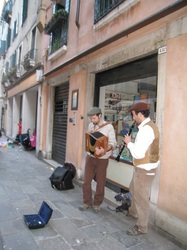
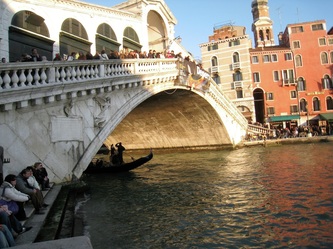
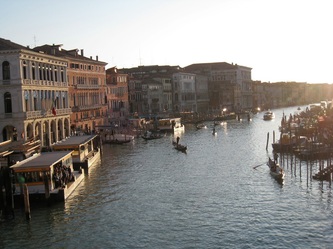
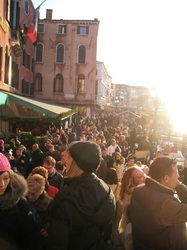
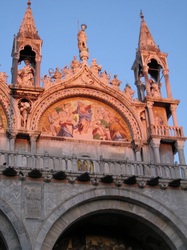
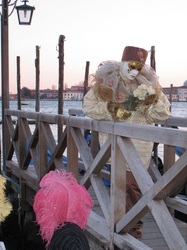

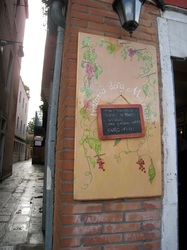
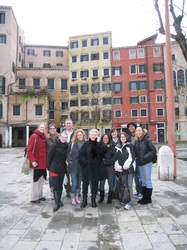


 RSS Feed
RSS Feed